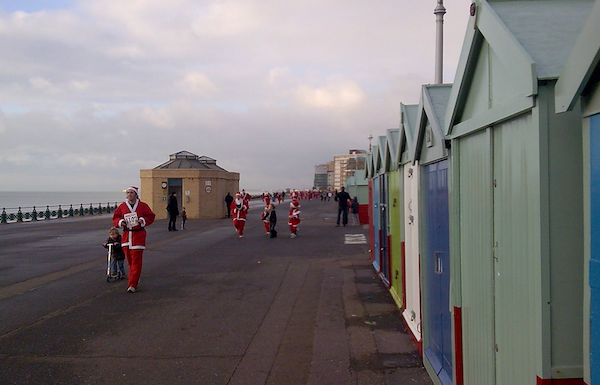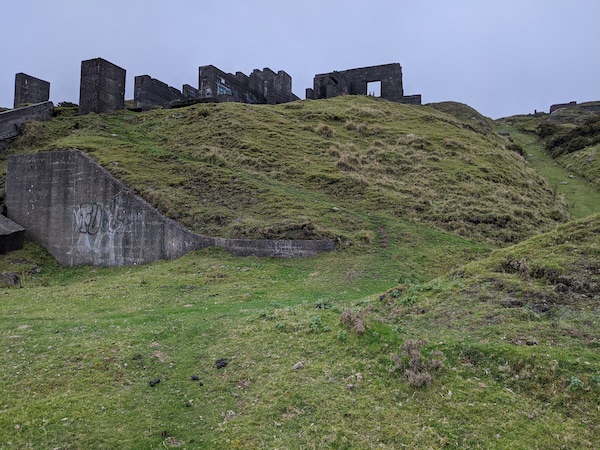
I was delighted to be published in the 4th issue of Rituals and Declarations, Paul Watson’s limited-run zine (available here). The article was about my response to the London Road Stone Circle, a stunning piece of urban land art. I’ve heard from a few people who’ve recently set out to explore this work, some of whom had no idea it was there, even though they’d been stepping over it for years. So, that’s good.
I’m particularly pleased to be part of a magazine that has captured so well a community and a turbulent time. Other people published in this series include friends such as Sooxanne, Cat Vincent and Justin Hopper, as well as several people I admire but have yet to meet. Subjects have included Sooxanne writing on Perchta celebrations, a piece on the Burryman, and Allyson Shaw writing about the Maggie Wall memorial. My favourite so far was Dee Dee Chainey’s Covid Eve in the Northern Counties. Set in 2030, this described the events of the Covid Bank Holiday weekend, the Monday closest to March 23rd. It was soothing to see the trials of 2020 absorbed into folklore, and to look at a seemingly-inescapable present as simply more history.
The series has captured a mood among its readers and writers. The first issue came out just after the 2019 election. “These are not good times,” wrote Paul, with no idea what was to come. By issue 2, covid-19 was spreading. Issue 3 came out as the death toll hit 45,000 yet lockdown was easing, a strange and alienating time.
I particularly love how Paul has hosted this magazine. Paul sees Rituals and Declarations as a community, but he also insists on the need for a variety of communities, so that these networks are stronger and more resilient. To that end, Rituals and Declarations was intended to run for only four issues, making a space explicitly for more things to emerge into.
The new issue includes some amazing pieces, such as Jess Richter’s description of a ritual performed at an old family home. Also striking was Maria J. Pérez Cuervo’s essay on women and walking (to my shame, I did not know about Michelle Bernstein’s description of a feminist derive in her novel All the King’s Horses). I was particularly happy to be published alongside Cat Vincent, whose writing about magic is beautifully down-to-earth. His new piece Plastic Altars, Titanium Bones: A Declaration is a powerful description of his relationship to tradition.
Given the strange times, Paul has extended the run for a second volume, another four issues. Rituals and Declarations has been a good companion through dark times. I look forward to it being a companion as the world emerges from the darkness.














